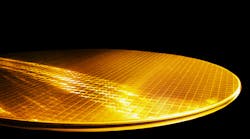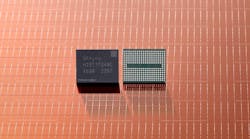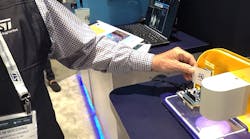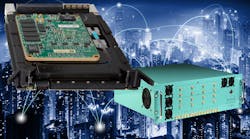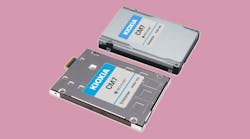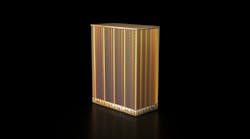Modulation identification is an important function for an intelligent receiver. It has numerous applications in cognitive radar, software-defined radio, and efficient spectrum management. To identify both communications and radar waveforms, it’s necessary to classify them by modulation type. For this, meaningful features can be input to a classifier.
While effective, this procedure can require extensive effort and domain knowledge to yield an accurate classification. This article will explore a framework to automatically extract time-frequency features from signals. The features can be used to perform modulation classification with a deep-learning network. Alternate techniques to feed signals to a deep-learning network will be reviewed.
